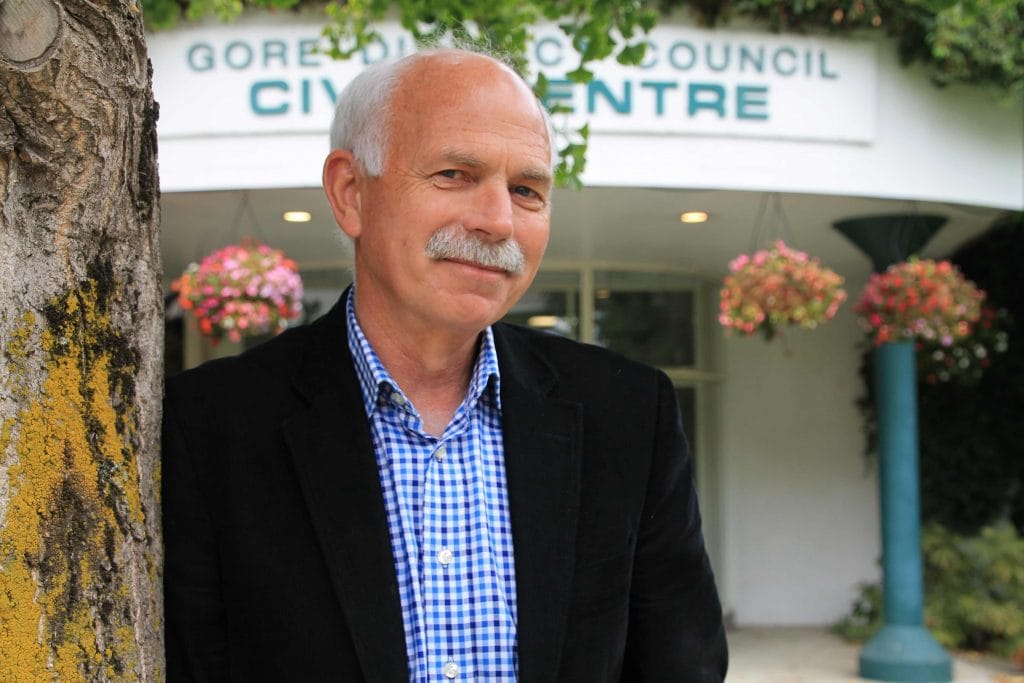There is one thing we can agree on – Southland requires a co-ordinated and collaborative approach if we are to attract 10,000 people to live and work in the region.
The Southland Times article “Agency raises concerns” (November 13) clearly shows there is a diversity of views — and passion — on the future of regional development in the province.
Despite strong economic growth in Southland since 2007, the shrinking population is the number one concern in the region.
The static population growth, coupled with the impacts of an ageing population, means that by 2025 the region’s population is forecast to drop to 1.8 per cent from the current 2.3 per cent of New Zealand’s population.
The region needs people, interaction and activity to drive economic growth so we can sustain a high-quality of social and economic life.
Most of all, we need to work together – individuals, businesses, large or small, and the community.
We also accept that it is going to require more than an aquaculture project to achieve our goal – there is not a silver bullet.
Of course, we’re disappointed that a feasibility study has shown it’s not economically viable at this present time to develop aquaculture at Port Pegasus. However, it’s incorrect to imply that the study is wasted money.
On the contrary, feasibility studies are tools to prevent future risk and it was SoRDS’ responsibility to be rigorous about assessing that risk.
The project overall has increased our understanding of potential aquaculture development in Southland and of what’s involved in large-scale innovation – concerted effort and significant investment. But aquaculture is just one part of the SoRDS blueprint.
The big focus of SoRDS is diversifying the economy, building a rich matrix of small and large enterprises and initiatives across tourism, international education, primary sector extension, innovation and Invercargill rejuvenation. And creating an environment where it’s easy to do business.
So, it’s disappointing to hear suggestions that the strategy does not represent small and medium sized enterprises or factor in the challenges of a rapidly changing world. In fact, small and medium businesses are the engine room of our regional economy and the key to innovation in the face of change.
SoRDS’ proposed Innovation South initiative is devoted to fuelling this through enabling entrepreneurs and innovators to access capital and skills to drive innovation projects.
Let’s not forget the progress with implementing the strategy.
Three major projects to rejuvenate the inner city are underway with the Invercargill Licensing Trust’s new hotel, Invercargill City Council’s arts precinct project and the joint venture between Invercargill City Property Group and H.W. Richardson Group to develop an inner-city precinct creating an arts, culture and retail heart for the city.
International students graduating from the Southland Institute of Technology (SIT) are choosing to stay in Southland. SIT is working hard with industry and business to ensure these students can access employment opportunities.
Southland has also been selected by the Ministry of Business, Innovation and Employment as one of five regions to pilot the new Welcoming Communities programme.
The pilot is being delivered through Venture Southland and is involving the council and community working together to help newcomers feel at home The Southern Education Alliance, funded by Education New Zealand, is also exploring opportunities for international students in schools particularly in smaller rural communities. Invercargill’s leisure market is already seeing gains from the memorandum of understanding between Air New Zealand and Southland stakeholders to boost demand for flights to Invercargill Airport – specifically attracting additional domestic and international visitors to Southland.
There is investment in our environment, funding Environment Southland’s programme to improve water quality through helping rural and urban communities and catchment groups make changes to reduce their impact on water.
Iwi are an important partner in delivering many of these regional development initiatives. After all, iwi are focused on achieving inter-generational outcomes, which is a key part of the SoRDS strategy.
We also need to be very clear that we’ve set ourselves massive task with our regional development and population growth goals.
It’s a task that requires a co-ordinated, whole-of-region effort, which the proposed Southland Regional Development Agency would have heft to deliver. It’s important to note that SoRDS and SRDA are two different things. SRDA is a proposal led by the four councils to lead delivery of regional development. It’s now going through a public consultation process, led and funded by the councils, the outcome of which will not be known for a few weeks.
If it is decided that the SRDA should proceed, time and care will be taken to ensure that it is correctly structured and funded, to do the job of accelerating growth of existing activities and innovation of new ones.
Ultimately, we all know that Southland is at its best when we act collectively to achieve a common goal. Public scrutiny of any regional development proposal is vital, but we also need to be objective, fact-based and constructive in our collective discussion because this is our future we’re talking about.
Tracy Hicks is Gore District Mayor

